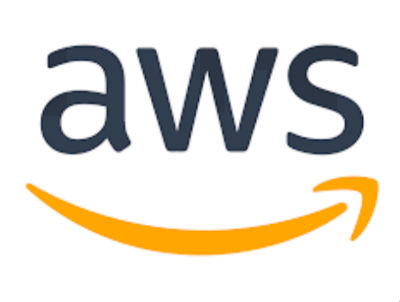-
terraform: Apply changes to a specific resource
2 min read

When updating resources using terraform we might notice that infraestructure might have drifted for multiple reason: from developers creating or updating infrastructure through the web console without telling anyone, to uncontrolled updates on the cloud provider side.
If we really need to apply a change but there are other changes that need reviewing, we can tell terraform to update just a specific resource.
12/02/2021
Read more... -
IRSA: IAM role to ServiceAccount
1 min read

For EKS cluster there was kube2iam for providing IAM credentials to containers running inside a kubernetes cluster that required a DaemonSet to be deployed. With IRSA (IAM Role to ServiceAccount) we can link IAM roles to ServiceAccounts
11/02/2021
Read more... -
Get attributes of a conditionally included resource
2 min read

To be able to conditionally include a given resource we can use the count argument but if we do so it is not as straightforward to use it's outputs (attributes) because now on this resource we have an array of outputs even thought we are confident that it will just have one if enabled. Let's take a deeper look on how to deal with this using the following conditional resource as an example:
resource "aws_route53_record" "ampa_public_r53_cname_record" { count = try(length(var.public_alias_name)>0, false)?1:0 zone_id = data.aws_route53_zone.public_r53_zone.zone_id name = var.public_alias_name type = "CNAME" records = [ aws_route53_record.ampa_web_public_r53_record.fqdn ] ttl = "3600" }10/02/2021
Read more... -
kubectl scale: Scaling deployments
1 min read

To be able to scale kubernetes deployments we can edit the yaml file to increase the number of replicas we want but we can also use kubectl scale. Let's try to scale out the following deployment:
$ kubectl get deploy demo NAME READY UP-TO-DATE AVAILABLE AGE demo 2/2 2 2 11d09/02/2021
Read more... -
IAM policies: What's the Version 2012-10-17?
1 min read

While creating IAM policies you might have wondered: what's 2012-10-17? Is it something we need to update?
08/02/2021
Read more...